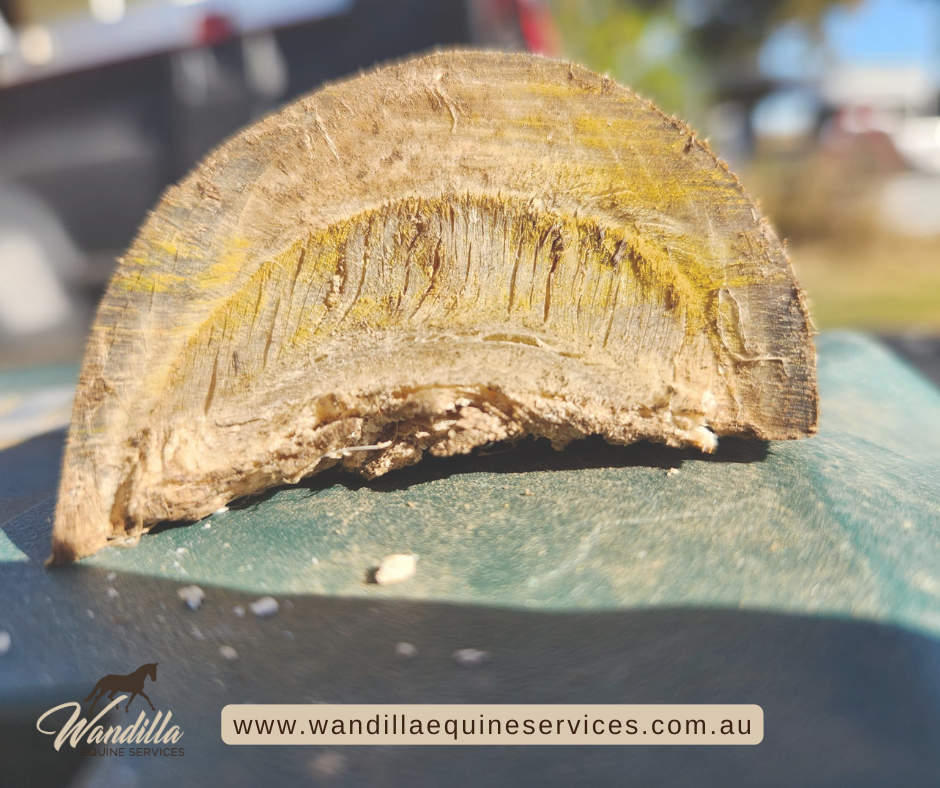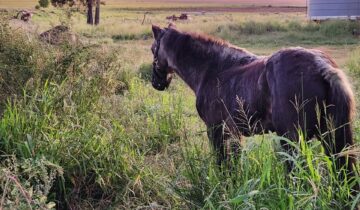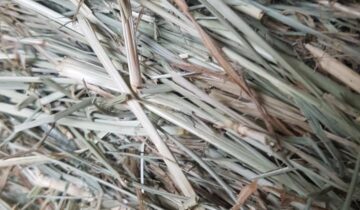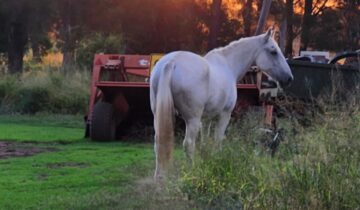It’s that time again when us hoofcare professionals start to feel a bit frustrated — because we’re seeing more horses come up sore, and in many cases, it’s completely preventable. I’m talking about laminitis caused by high insulin.
High insulin levels are the leading cause of laminitis in horses. And while a vet typically confirms this with testing, those of us working on hooves see it all the time. We don’t need blood results or radiographs to know what’s going on — the signs show up clearly in the feet, day in and day out.
So, what’s behind the high insulin?
The main trigger is glucose. Glucose is found in pasture grasses, both as part of sucrose and starch. Horses with high insulin are, in simple terms, carbohydrate intolerant. They can’t handle the sugar and starch load that comes from grazing fresh grass — and when they do, the insulin spike that follows can lead directly to laminitis.
That’s why one of the first steps in managing these horses is removing them from pasture. They need to come off the grass and onto low sugar, low starch hay. Once hay has gone through the curing stage, the sugar and starch levels are stable. It doesn’t fluctuate with sunlight and weather like fresh grass does. That means it’s far more predictable and manageable for insulin-sensitive horses.
You can even soak hay to remove a portion of the water-soluble sugars, further reducing the glucose load. The goal here is to reduce the demand on the horse’s pancreas — no more reacting to constant glucose surges from pasture. With cured, soaked hay, the glucose and starch are more consistent, which helps avoid those damaging insulin spikes.
Exercise is absolutely essential as well. Movement helps improve insulin sensitivity, and for horses carrying excess weight or those with cresty necks, getting the kilos off is non-negotiable.
Now, I know it’s hard. No one likes to take away a horse’s access to lush green grass — it feels unnatural, even cruel at times. But I promise you, a horse that’s foundered from high insulin is much worse than a horse who’s drylotted, muzzled, and eating soaked hay.
This isn’t about being harsh — it’s about keeping them pain-free and sound. And it’s especially important for those dealing with unmanaged EMS (Equine Metabolic Syndrome) or PPID (also known as Cushings). These horses can’t be left on pasture and fed ultraprocessed feeds. They need movement, careful nutrition, and proper support.
If you’re not sure how to manage it, please reach out. Whether it’s your hoofcare professional, equine nutritionist, or vet — there are people in your corner who can help you learn how to care for these horses properly.
Because here’s the truth: as trimmers, we can’t fix in the feet what doesn’t start in the feet. Metabolic laminitis starts on the inside. But with the right management, we can help keep your horse sound.




 No products in the cart.
No products in the cart.